The Origin and Evolution of Blankets
Blanket definition – The history of blankets goes back to prehistoric times. Early humans used animal skins for warmth. Over time, they learned to weave. They turned plant materials and animal fibers into coverings. These were the first true blankets.
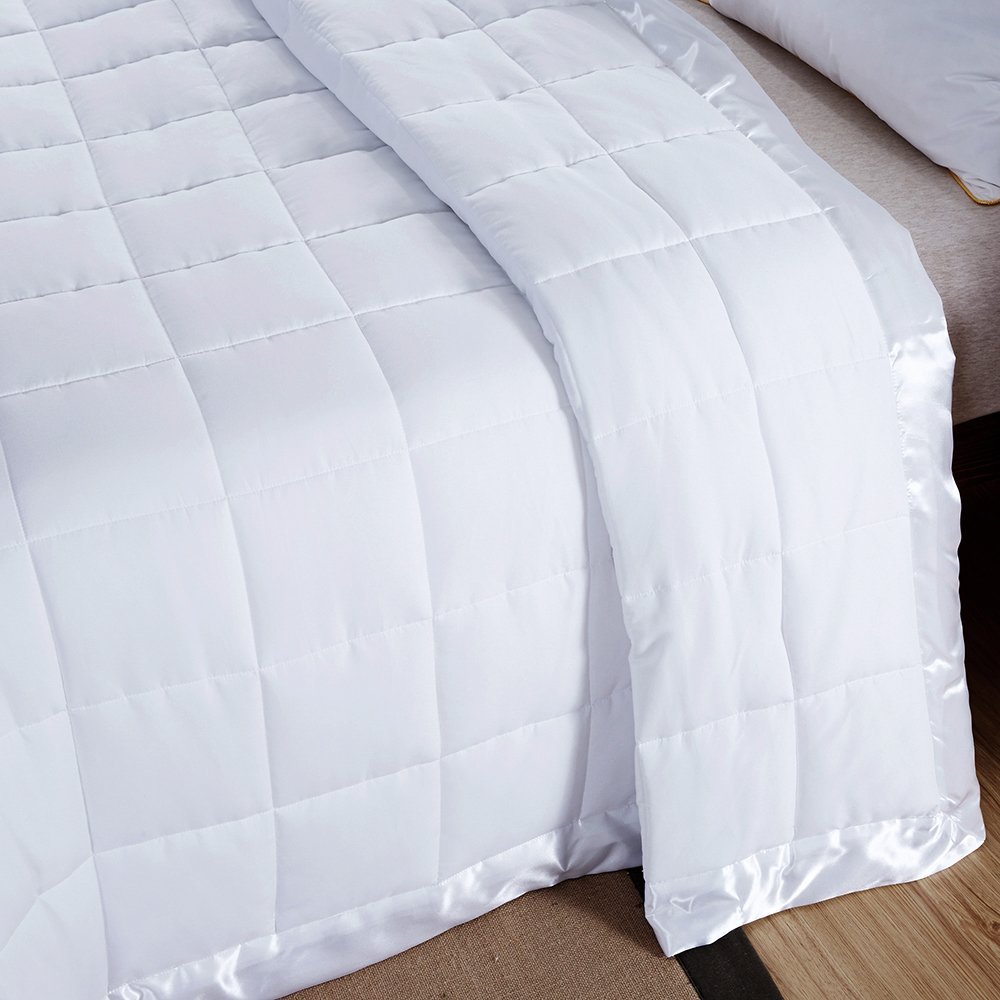
The term ‘blanket’ comes from the early medieval period. A Flemish weaver, Thomas Blanket, was known for making woolen cloths. People began calling such cloths ‘blankets’. They were thick and warm, perfect for cold climates.
In the 18th century, blankets changed due to industrialization. Machines began spinning and weaving faster than ever before. This made blankets more available and cheaper.
Today, blankets come in many forms and for various uses. Some are for warmth, some for decoration. The design and make of blankets keep evolving. Yet, their core purpose remains the same. They provide comfort and security.
Throughout the evolution, one factor has been constant. Blankets signify warmth and care. This meaning of blanket definition remains deeply rooted in every culture.
Different Types of Blankets and Their Uses
Blankets come in various designs and serve multiple purposes. Learning about the different types can help you choose the best one for your needs. Here’s a look at some common blanket types and their uses.
- Throws: These are smaller in size. People use them for added warmth while lounging on a couch or chair.
- Quilts: These have three layers – a top, batting, and a bottom. Quilts are often decorative and can be heirlooms.
- Comforters: These are thick and fluffy, filled with synthetic fiber or down. They are a staple for cold weather and give a plush feel to a bed.
- Afghans: Handmade and knit or crocheted, Afghans add a homey touch. They often act as a decor piece or a light cover.
- Weighted blankets: Designed with added weight, these blankets can provide a sense of calm. They are used for stress relief and better sleep.
- Electric blankets: These come with built-in heating elements. They are excellent for pre-warming the bed or staying cozy on chilly nights.
- Baby blankets: Small and soft, they keep infants snug and secure. They are also used as a soothing tool during naptime.
Each type of blanket provides comfort but varies in function. Throws and Afghans are perfect for a quick nap. Quilts and comforters are ideal for full bed coverage. Weighted and electric blankets offer unique benefits like stress relief and warmth control. Baby blankets ensure delicate care for little ones. Understanding these uses aligns with the blanket definition as items offering warmth and comfort.
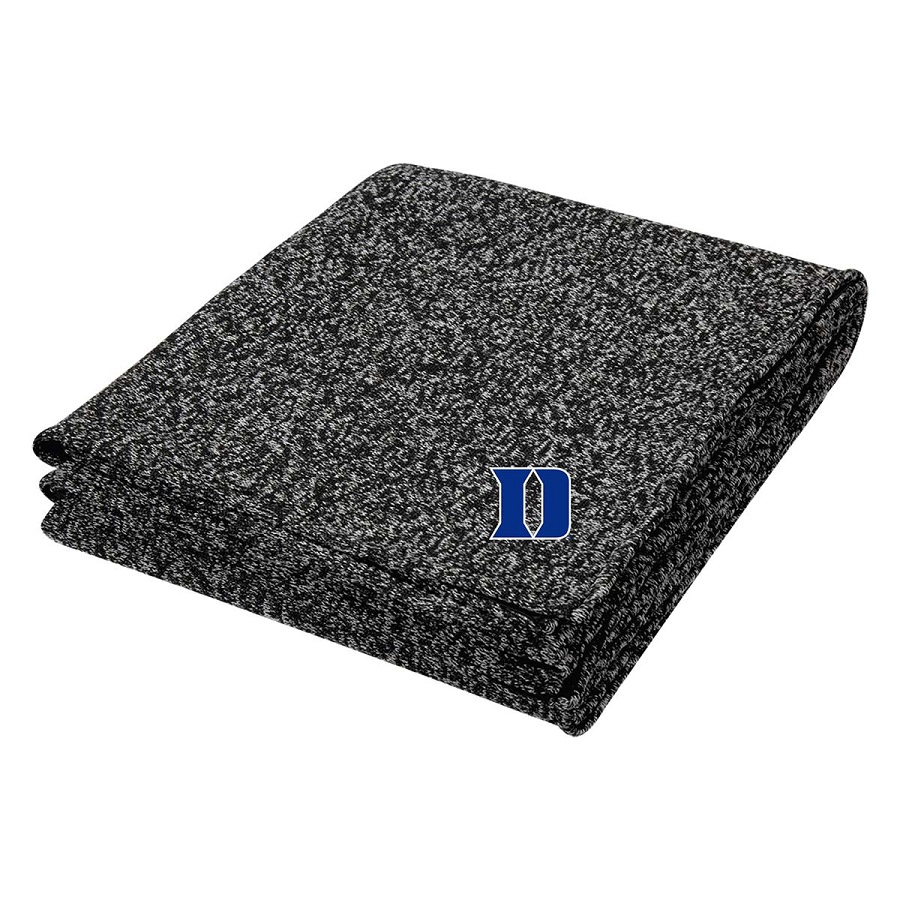 Materials Commonly Used in Blanket Making
Materials Commonly Used in Blanket Making
Understanding the materials used in blanket making is key to selecting the right comfort. Different fibers offer varying levels of warmth, texture, and durability. Here are some commonly used materials in blanket production:
- Wool: Wool blankets are known for their warmth. They are natural insulators and flame resistant.
- Cotton: Cotton blankets are soft and breathable, ideal for moderate climates. They’re also easy to wash.
- Fleece: Fleece is synthetic, offering warmth without the weight. It’s a popular choice for throw blankets.
- Down: Down provides excellent insulation. Blankets filled with down are fluffy and are best suited for cold weather.
- Polyester and Acrylic: These synthetic materials are lightweight and hypoallergenic. They’re often used in electric blankets.
- Bamboo: Bamboo blankets are eco-friendly. They are naturally antibacterial and wick away moisture.
Each material brings a different aspect of the ‘blanket definition’ to life. Wool and down cater to the need for warmth. Cotton and bamboo ensure breathability and eco-friendliness. Fleece, polyester, and acrylic offer ease of care and durability. The choice often depends on the blanket’s intended use and the individual’s specific needs for comfort and functionality.
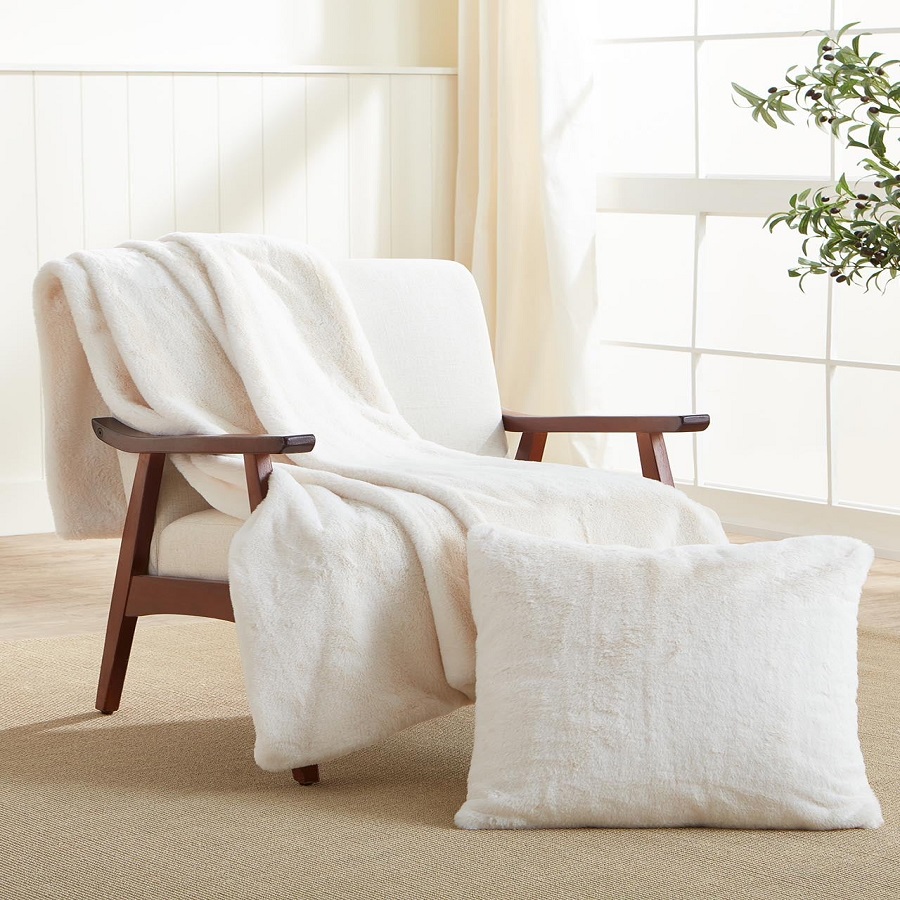 Blanket Sizes and Dimensions Guide
Blanket Sizes and Dimensions Guide
Choosing the correct size and dimension for your blanket is essential for comfort. The size of your blanket will depend on its purpose, whether it’s covering a bed, cuddling on the couch, or swaddling a baby. Here’s a guide to the common sizes of blankets that correspond to different bed sizes:
- Throw Blanket: Usually measures around 50 inches by 60 inches, ideal for lounging and decoration.
- Twin Size: Commonly 66 inches by 90 inches, perfect for a single bed or as a solo cozy layer.
- Full/Queen Size: Typically around 90 inches by 90 to 100 inches, fitting for double beds.
- King Size: At about 108 inches by 90 to 100 inches, designed for larger beds to ensure full coverage.
- Baby Blanket: Generally 14 inches by 16 inches for small swaddle blankets to 30 inches by 40 inches for larger ones to keep the baby comfortably wrapped.
Understanding these dimensions can help you meet the blanket definition of providing warmth and comfort specifically tailored to your needs. Remember, the bigger the blanket, the more warmth and coverage it can provide, but it’s always a balance between size, comfort, and the intended use.
How to Choose the Right Blanket for Your Needs
Choosing the right blanket involves several factors. Consider its use, material, and size. For cozy nights, opt for a fluffy comforter or a weighted blanket. They provide extra warmth and can help you relax. For decorative purposes, a throw or an Afghan might be perfect. They add style and a bit of warmth to any living space.
When selecting material, think about climate and allergies. Wool and down are great for cold weather but may trigger allergies. Cotton and bamboo are breathable and hypoallergenic, ideal for sensitive users. Fleece is an excellent middle-ground, being warm yet lightweight.
Size is also crucial. Ensure the blanket matches the bed dimensions if it’s for sleeping. A throw blanket should be smaller, easy to move around the house. For babies, pick a size that’s safe and snug for wrapping up your little one.
Your budget matters too. Blankets come in various price points. High-quality materials like wool or down are more expensive. Synthetic fabrics like polyester or acrylic are more budget-friendly. Decide what aspects of the blanket definition – warmth, comfort, or durability – are most important to you.
Lastly, think about care requirements. Some blankets need special cleaning methods. If easy care is high on your list, choose materials that are machine washable.
By reflecting on these aspects, you can choose a blanket that meets your needs. It will align with the blanket definition of providing comfort, warmth, and satisfaction.
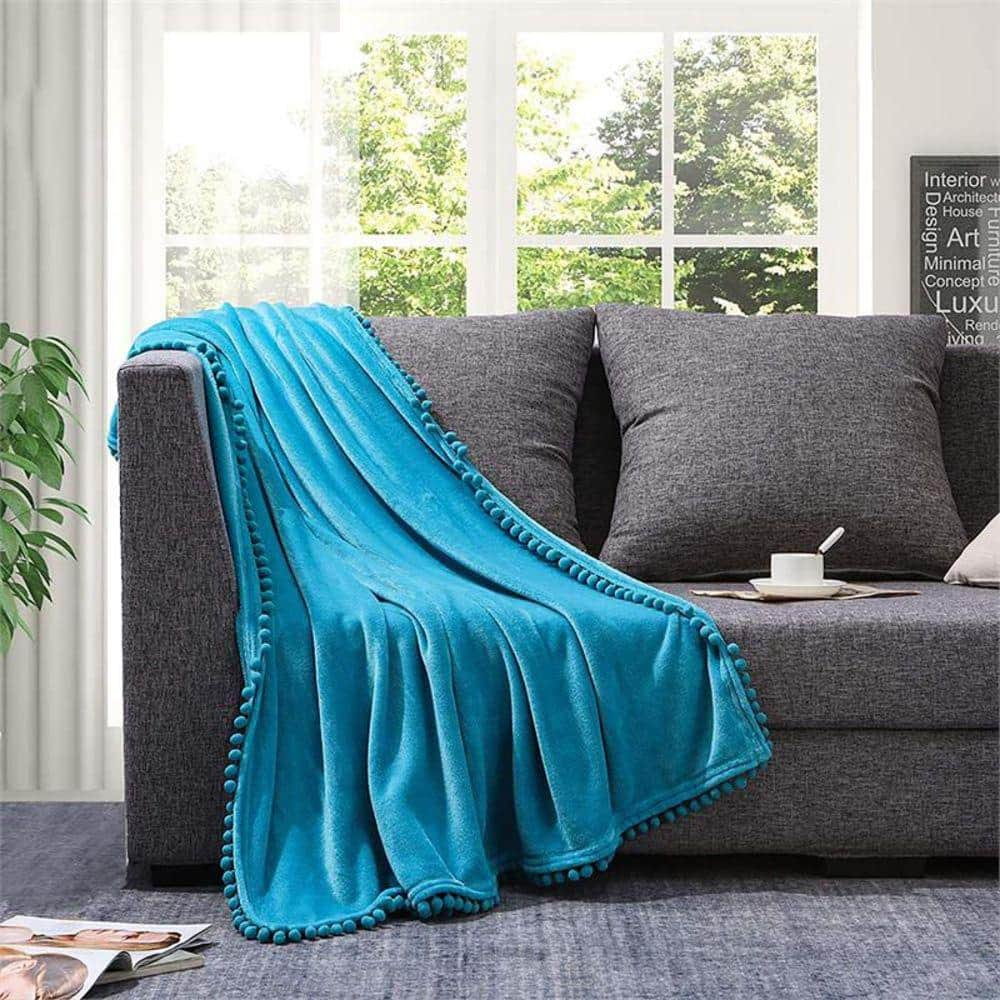 The Role of Blankets in Culture and Tradition
The Role of Blankets in Culture and Tradition
Blankets hold a unique place in traditions and cultures worldwide. They often carry symbolic meanings and are integral to many rituals and ceremonies. Historically, blankets have been used as gifts during important life events such as births, marriages, and milestones. For example, Native American tribes consider blankets to be items of respect and honor. They gift them during potlatches to signify generosity and status.
Blankets also play a vital role in the art of storytelling. Quilts, in particular, can be adorned with intricate patterns and designs that depict family histories or cultural tales. This form of blanket art has been passed down through generations, keeping stories and traditions alive.
In many cultures, blankets are associated with home and hearth. They represent the warmth and comfort of family. This is reflected in their use in everyday life, from swaddling a newborn baby to providing comfort to the elderly.
Moreover, in colder climates, blankets are deeply embedded in the fabric of society. They are not just practical items for staying warm; they carry a legacy of survival and resilience.
Through various forms, blankets demonstrate the shared blanket definition of comfort and care in culture and tradition. They are more than just functional objects; they are woven into the very heart of societal customs and familial bonds.
Caring for Your Blankets: Maintenance and Storage Tips
To keep your blankets in top condition and extend their lifespan, follow these simple maintenance and storage tips:
- Wash Carefully: Check the label for washing instructions. Use mild detergent and avoid hot water for materials like wool or down that may shrink. For machine washable blankets, select a gentle cycle.
- Dry Properly: Avoid high heat when drying, especially for synthetic fibers. Air-dry wool blankets flat to maintain shape. For quick drying, use a low heat setting and remove the blanket while slightly damp to prevent over-drying.
- Storage Solution: Store blankets in a cool, dry place. Fold them neatly or roll them to prevent creases. Use breathable cotton bags or containers to protect them from dust and pests.
- Moth Deterrents: If you’re storing wool blankets, consider using natural moth repellents like cedar blocks or lavender sachets to safeguard them.
- Regular Refreshing: Even when not in use, take blankets out periodically to air them. Sunlight is a natural sanitizer and can help eliminate odors.
Following these tips will honor the blanket definition of providing lasting comfort and warmth through proper care.
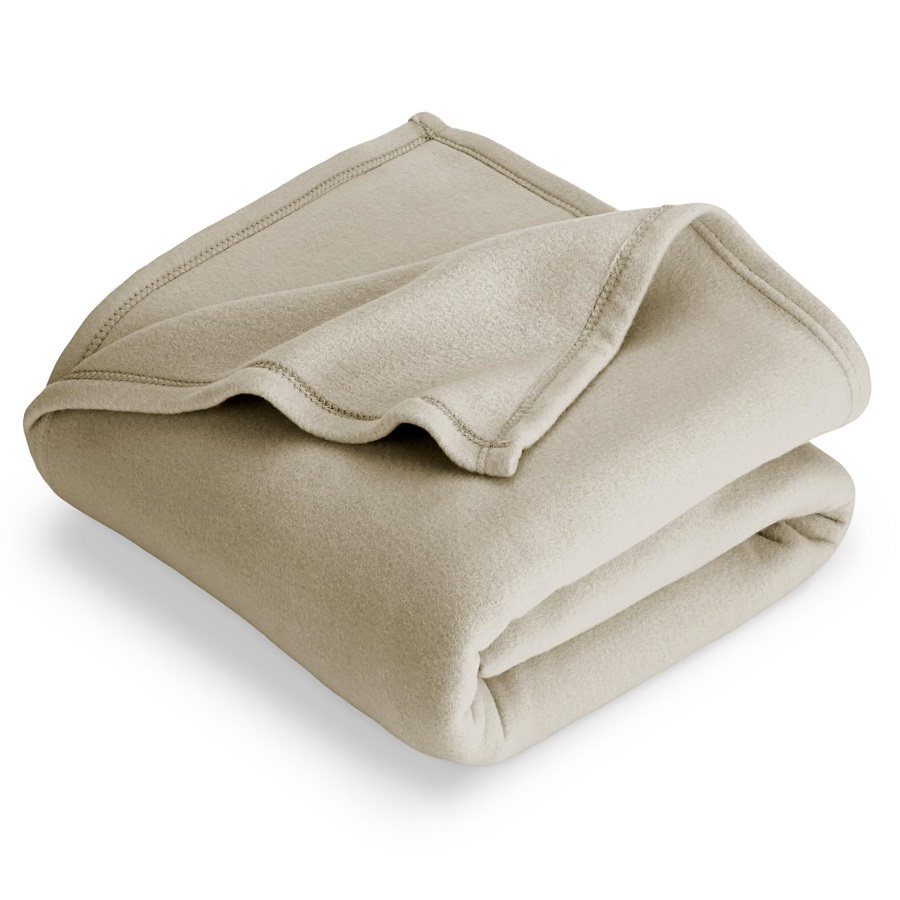 Innovations in Blanket Technology and Design
Innovations in Blanket Technology and Design
The world of blankets has seen remarkable innovations. New technologies and design philosophies are shaping how we view and use blankets. Let’s explore some cutting-edge advances in this cozy industry.
- Smart Blankets: These high-tech blankets adjust to your body temperature. They help maintain a comfortable sleep by cooling or heating as needed.
- Eco-Friendly Materials: Sustainability is key. Blankets made from recycled materials and sustainable fibers are rising in popularity.
- Improving Performance Fabrics: Moisture-wicking and breathable fabrics are in trend. They keep you dry and comfortable all night.
- Therapeutic Blankets: With health in mind, features like antibacterial and hypoallergenic materials cater to wellness.
- Enhanced Durability: New weaving and bonding techniques ensure blankets last longer, saving you money.
These innovations address the essential blanket definition of comfort and add new layers of functionality and care. They make blankets more than just a layer of warmth. They transform them into smart, sustainable and health-conscious lifestyle products that serve various needs and preferences.
